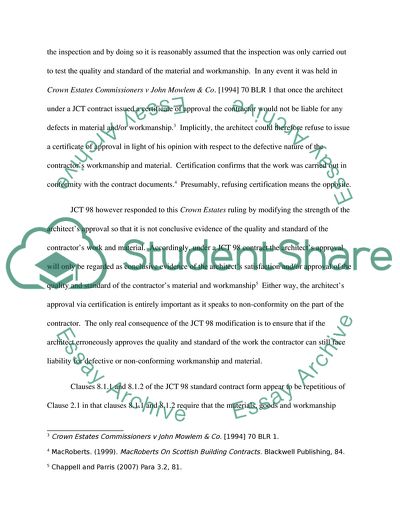Cite this document
(Callow Construction Limited Problem Question Assignment, n.d.)
Callow Construction Limited Problem Question Assignment. https://studentshare.org/law/1729809-construction-legal-problem-question
Callow Construction Limited Problem Question Assignment. https://studentshare.org/law/1729809-construction-legal-problem-question
(Callow Construction Limited Problem Question Assignment)
Callow Construction Limited Problem Question Assignment. https://studentshare.org/law/1729809-construction-legal-problem-question.
Callow Construction Limited Problem Question Assignment. https://studentshare.org/law/1729809-construction-legal-problem-question.
“Callow Construction Limited Problem Question Assignment”. https://studentshare.org/law/1729809-construction-legal-problem-question.


